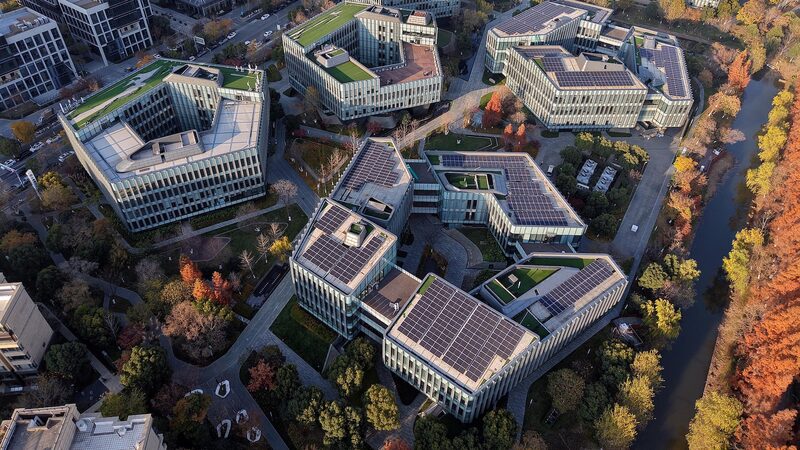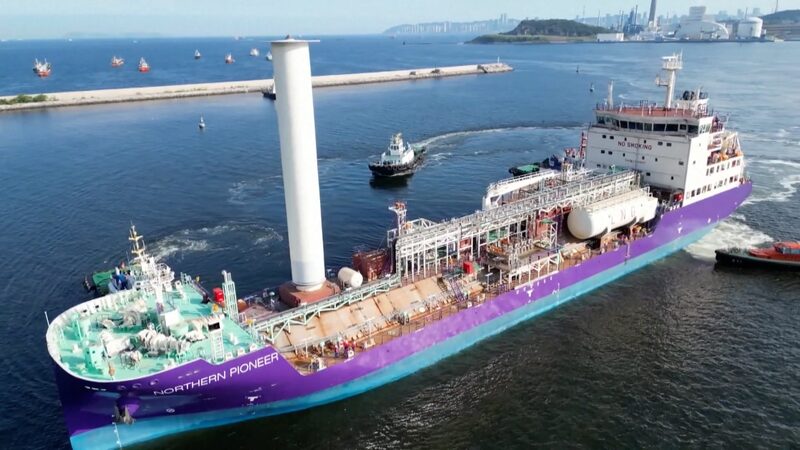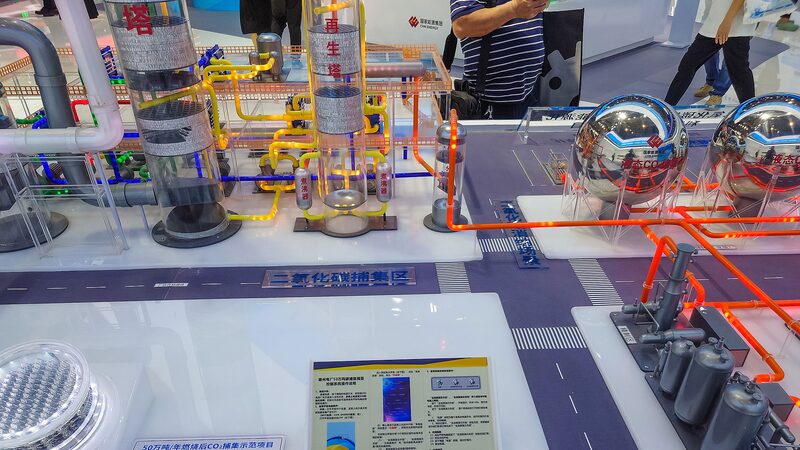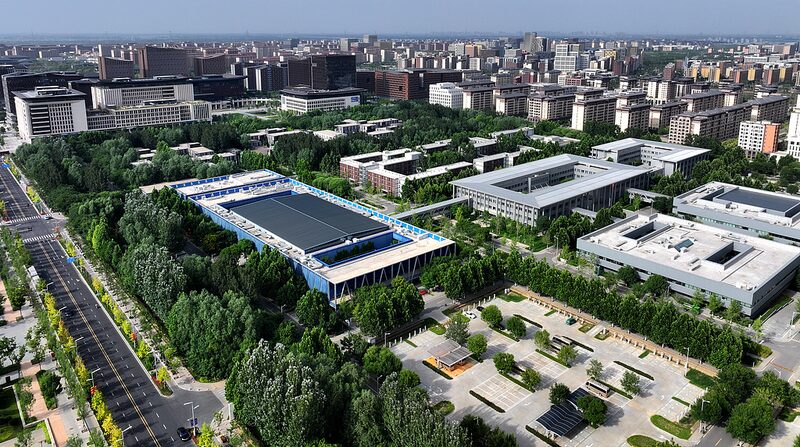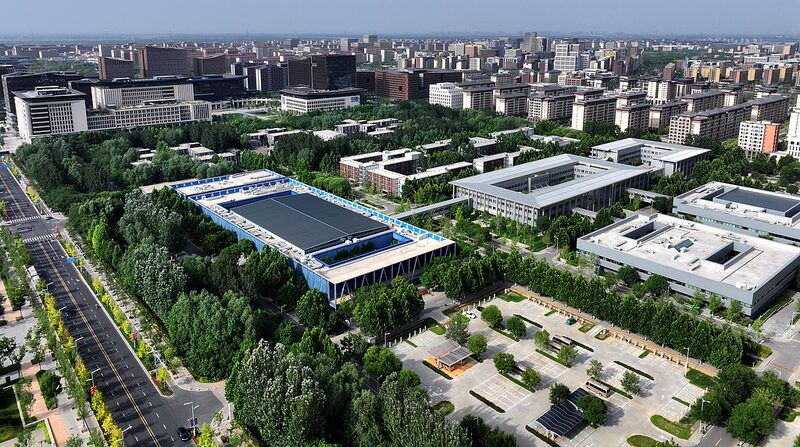Chinese researchers have unveiled a groundbreaking hybrid monitoring system capable of tracing on-road carbon dioxide emissions with unprecedented precision. Published in Sustainable Cities and Society, the innovation combines AI-powered analysis and mobile sensors to map emissions at 30-meter resolution – equivalent to monitoring individual city blocks – while identifying contributing factors like traffic patterns and urban design.
Why It Matters for Cities
With urban areas contributing over 70% of global CO2 emissions, the technology addresses a critical gap in climate action. Traditional methods struggle to pinpoint emission hotspots or explain why certain roads produce more pollution. 'This system acts like a high-definition microscope for carbon flows,' explains lead researcher Wang Li of the Chinese Academy of Sciences. Early trials in Shenzhen achieved 93% accuracy in identifying emission sources, from idling delivery trucks to poorly ventilated transit corridors.
How the Tech Works
The framework integrates:
- Panoramic cameras tracking vehicle density
- Portable greenhouse gas analyzers
- AI models analyzing traffic, weather, and urban layouts
By cross-referencing real-time data streams, cities can now assess how road repairs, bus lane changes, or green infrastructure projects impact emissions – enabling targeted mitigation strategies.
Global Implications
As China advances toward its 2060 carbon neutrality goal, this technology could reshape urban planning worldwide. The research team notes potential applications for:
- Optimizing electric vehicle charging networks
- Designing low-emission logistics routes
- Validating carbon credit programs
With plans to expand monitoring to more cities, this innovation marks a significant leap in making the invisible drivers of climate change visible – and actionable.
Reference(s):
Chinese scientists monitor on-road CO2 emissions via hybrid framework
cgtn.com
